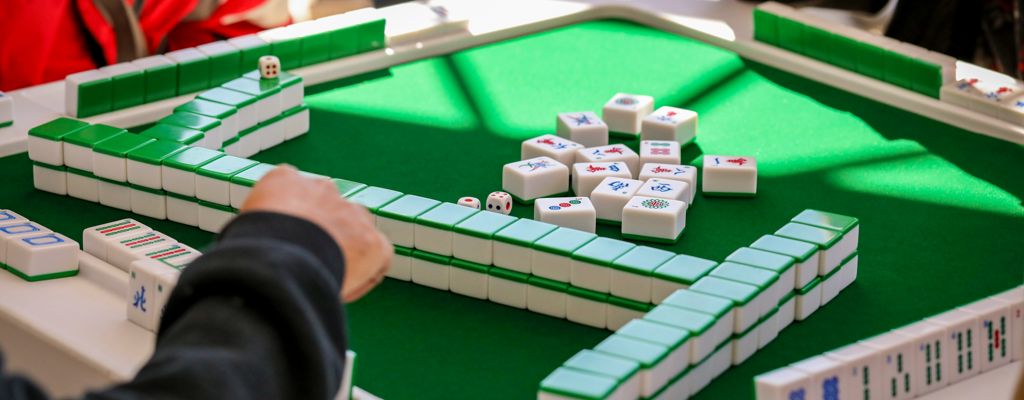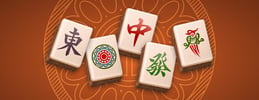
Adapting Classic Mahjong Games to the Younger Generations
How can mahjong games appeal to a generation of gamers where quick satisfaction matters most? Find out modern-day solutions to give this tile game a competitive edge.
The latest generations of gamers are surrounded with options that can overwhelm Millennial or older counterparts. In addition, there is a wider selection of devices from which to get a digital fix. This promotes a gaming environment where any prospecting developer has to catch the gaming population’s attention as early as the first seconds of a game trailer. Gone are the days when gamers stuck to a single game until completion. The terms ‘main game’ and ‘side game’ are commonly used, setting the expectations that the current gaming enthusiast tends to switch between titles.
This is a continuing challenge to adapting older games to new media. The average player at present isn’t inclined to stick to titles that aren’t shooters, battle royale, or roguelike/lite. Many popular game genres of yesteryear are moving into niche groups of loyal fans. Classical mahjong is an example of what the current generations regard as ‘an old person’s game’. But how can these games be adapted to the younger generations?
Promoting game mechanics
Mahjong isn’t forbidding to younger gamers as long as the right approaches are highlighted. The fact that collecting tiles and arriving at results over having to grind repeatedly for EXP and loot is a starting advantage. The many tiles usable are just as fun to use as in Trading Card Games – minus the clutter made by gathering too many useless cards. Mahjong is also versatile and is transformable from a single-player versus AI challenge to multiplayer games with server rankings. The discovery of tile combinations plus deploying winning strategies are appealing to players regardless of how competitive they are. Countries like Japan are able to introduce mahjong to an increasingly young audience - and it is well-received by everyone.
Using Influencers to spread the game
Present-day gamers tend to learn faster by seeing other players in action. This appeals more than taking time to read strategies on text, getting hiccups on the execution, and gradually learning the process. Expect there are a few digital figures or aspirants who will try to capitalize on the growing trend. Ways to present this can be adapted to either appeal to a nostalgia-based market or to new players who would love to get a fresh take on a classic game.
Fusing the old and the new
Simple improvements to user experience can bring more players to classic mahjong. Customizable skins, intuitive menus, and strategy hints can give a more welcoming feeling, particularly to gamers who have never set their eyes on a mahjong board before. Other incentives can include leagues and rank rewards.
Making mahjong more accessible
While the physical versions are picking up steam from the pre-COVID slump, making classical mahjong playable in more digital systems can bring more young people to play it. Mahjong mobile apps are offered in both single-player and multiplayer versions. Portable platforms are appealing to many current-generation gamers, who prefer either playing on the go, playing without the need to wait on others, or both. Digital mahjong has its charms, like how this Hongkonger described it: “My son is 30 years old and he plays [mahjong] on his electronic devices on the MTR (metro), where you don’t need someone to play with”.
Modern technology has gone beyond electric mahjong boards to bring the game to a wider variety of people. Mahjong online has enough flexibility to cater for just about any gamer out there.
Related Articles




